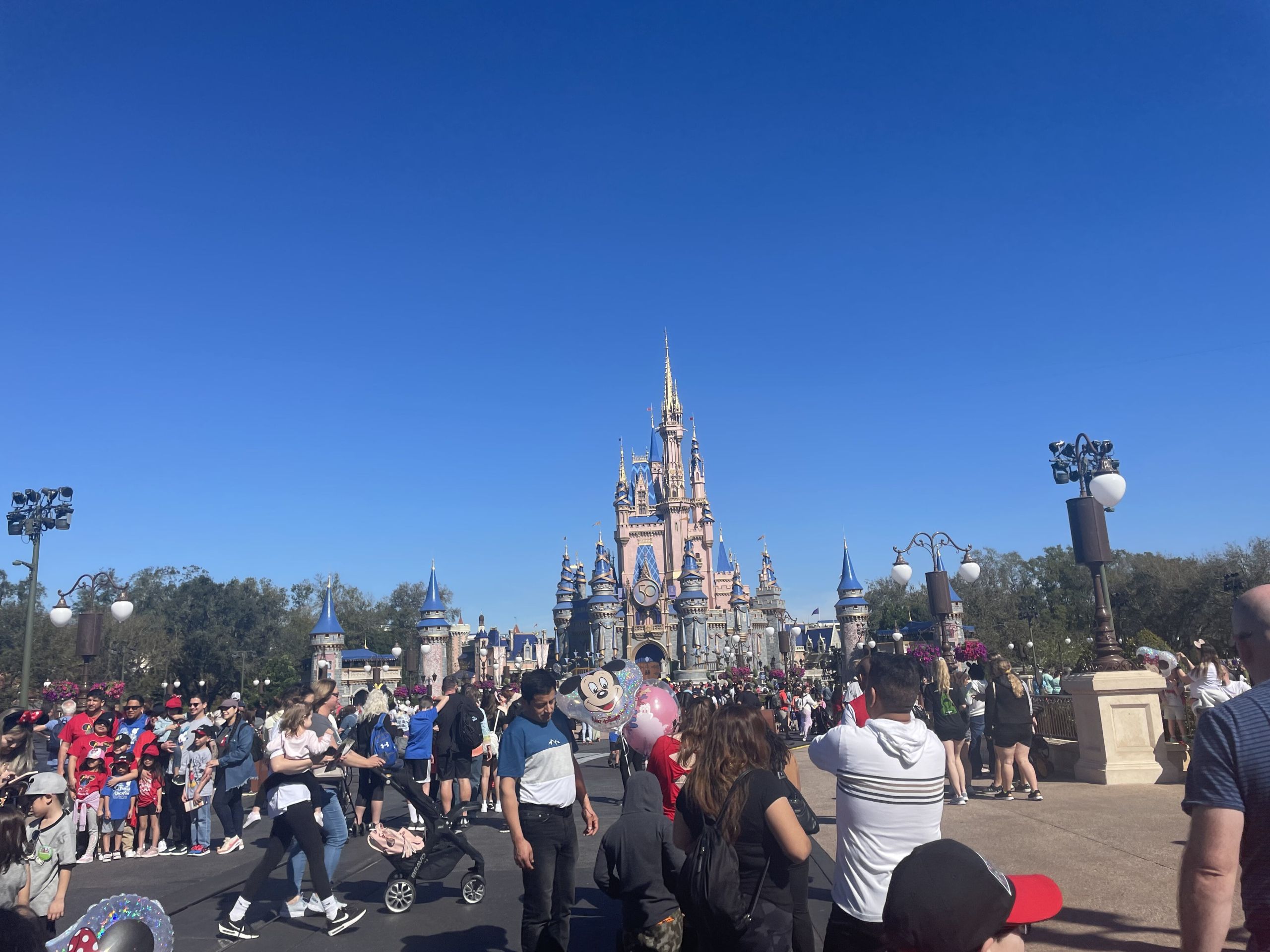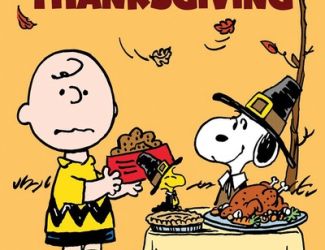If you asked little Leigha what she would be when she grew up, she would probably answer “A princess.” If you asked me today what I want to be I still might say “a princess.” “Beauty and the Beast” was on replay in my house growing up, mostly because Belle was my “twin.”
Many people relate to princesses, not only based on their looks but also their strong personalities. In this generation, we see more and more people able to relate to these characters. Whether it’s their gender, ethnicity, or character representation, this group of strong animated women has worked its way into our hearts.
A tale as old as time
Belle loved to read, fought for those she loved, and found her true love, who happened to be a prince. Also, there is something about that singing houseware that really enchanted me. But one thing always stood out to me about Belle the most: her hair.

Belle had beautiful brown hair, just like me. I never fell in love with a prince or had a ballad sung to me by a teapot, but her appearance alone made me feel so connected to her. Unfortunately, for many children watching that was not always the case.
It took Disney five different princess movies about a white woman falling in love with a white man to finally introduce some diversity into Disney royalty. In 1992, Jasmine was the first princess of color, portraying a West Asian girl with a West Asian counterpart. With Jasmine as a trailblazer, Pocahontas and Mulan followed, bringing more ethnic variety to the princess scene. This did not come without backlash though, due to the portrayal of these princesses.
If you were to watch “Aladdin” or “Pocahontas” on Disney+ now, before the iconic opening castle scene, there is a 12-second warning of the negative depiction and mistreatment of people or cultures.
Pocahontas faced some of the worst backlashes, due to Disney’s colonialist portrayal of Native Americans as “savages” and idolizing the white people. Even with the happy ending of this film, it can still be seen as offensive to Native American culture, but due to it being a cult classic, there is virtually zero percent chance of Disney ever removing this movie.
The new age of Disney princesses
Although Disney has dealt with its fair share of cultural appropriation charges, in the last decade there has been way more representation in the franchise. In 2009 “The Princess and the Frog” showed the first African American princess, Tiana, and gave her a storyline more than just being a woman who falls in love with the prince. She represented something so much more in making a name for herself and chasing her own dreams, instead of falling into the Disney cliche of a hopeless romantic.

Going even further, Disney started a series of live-action remakes that have shaped these stories into so much more than the original animated films. In 2019, the remake of “Aladdin” changed the way this film was viewed and helped correct the cultural mistakes that were priorly made in the 1992 film. Changing song lyrics, updating the clothing, and including input from the American Arab Anti-Discrimination Committee helped to redirect the film.
Another groundbreaking remake is “The Little Mermaid,” set to be released in 2023. In a bold move, Disney decided to go with Halle Bailey as Ariel, an African American actress who looks very different from the original red-haired Ariel. I think it was a great move on Disney’s part. The company gave a new look to a classic princess and allowed those who look like her to feel like they can be a princess too.
Tune as old as song
And then there’s the one and only Belle. The live-action remake of “Beauty and the Beast” changed so much for the Disney community with its release in 2017. This movie raised lots of controversies worldwide. In countries such as Kuwait and Malaysia, and even in some parts of the United States, this movie was not allowed to play for one single scene.
It wasn’t an issue of race, ethnicity, or even a scene that was particularly eyebrow-raising. No, the reason behind this banning was due to the last scene of the movie where two men dance together at the wedding of Belle and the Beast. One single shot that many probably wouldn’t even catch was the reason for an international ban.
This brings us to the fact that even though Disney has overcome issues of race and cultural appropriation, they still have not discussed LGBTQ+ issues. When I think of Disney I think of happiness, acceptance, family, and hope. But until the company can adapt to include different kinds of families, many will still have to wait to feel like royalty.




